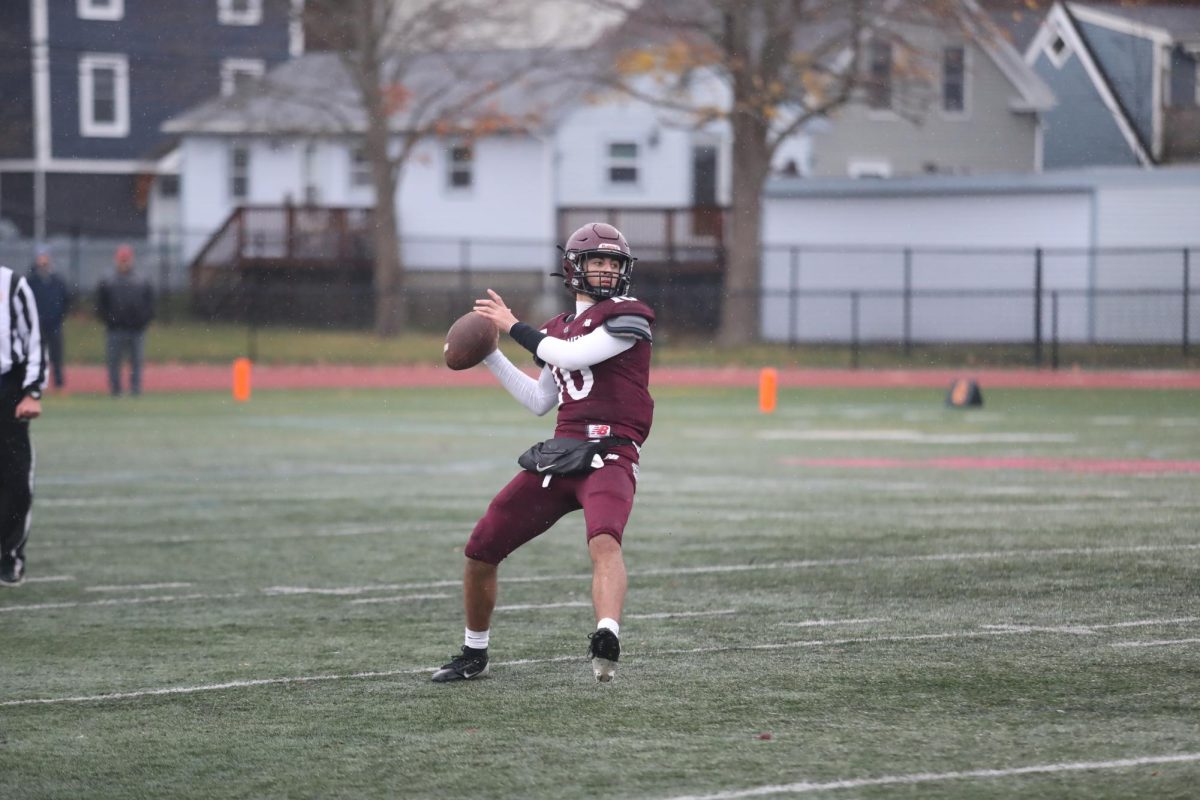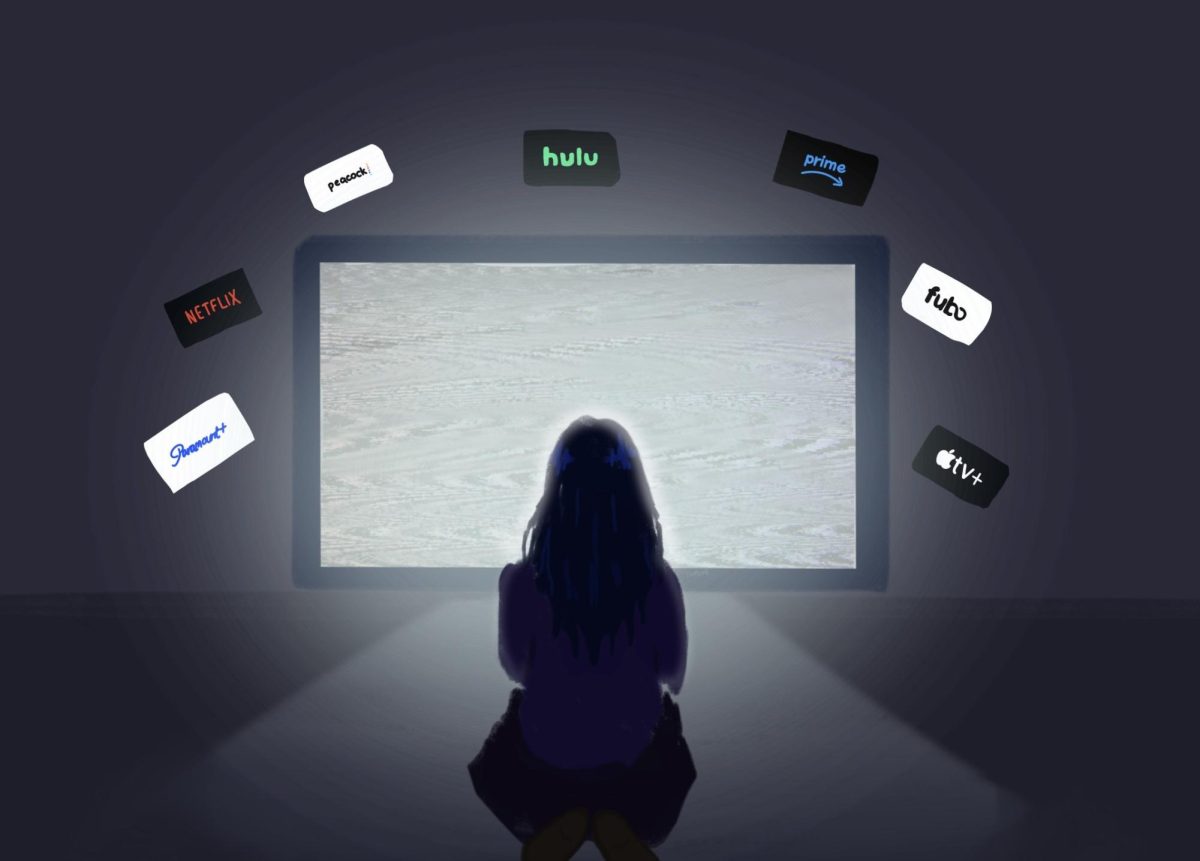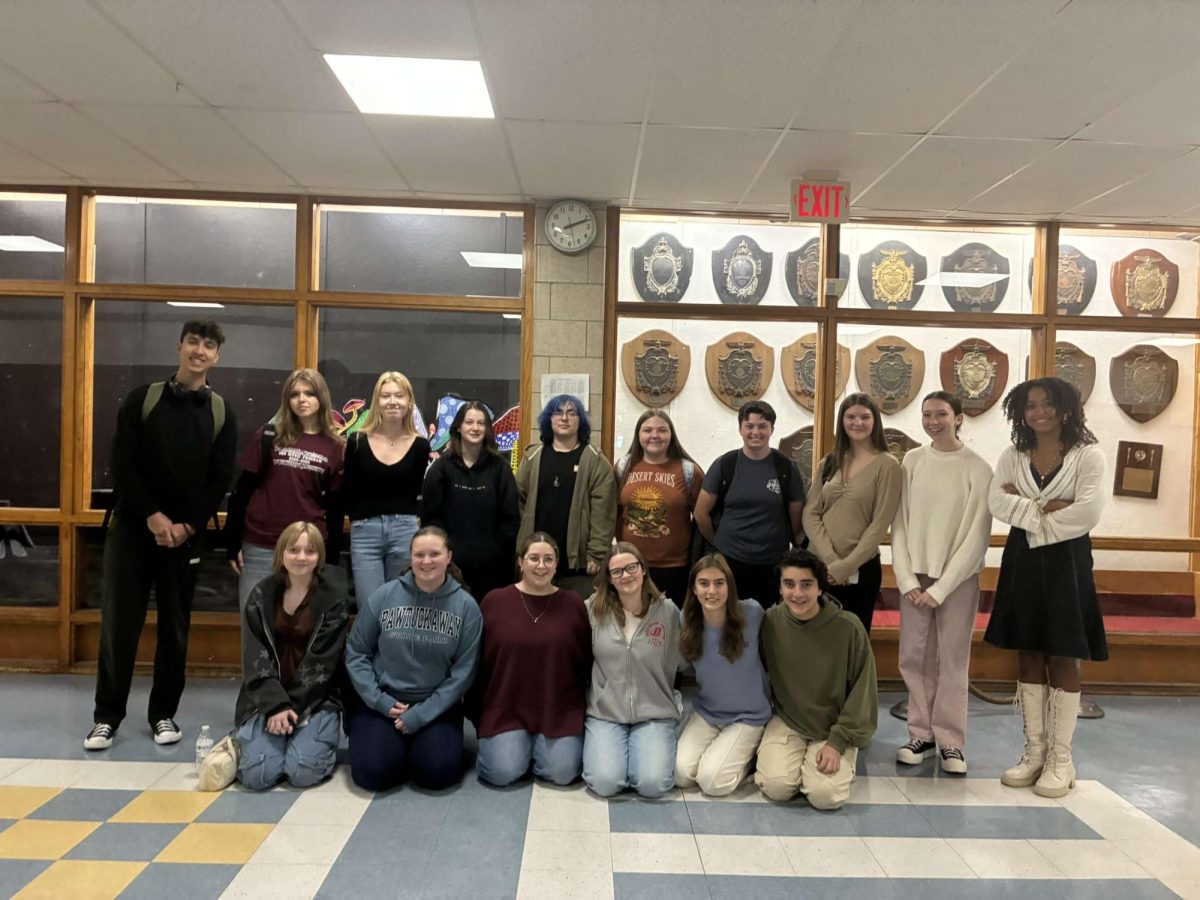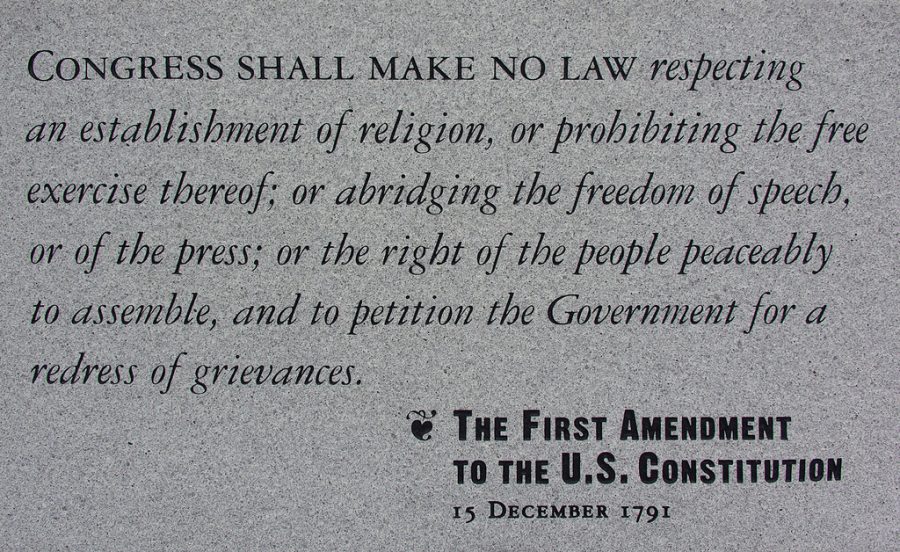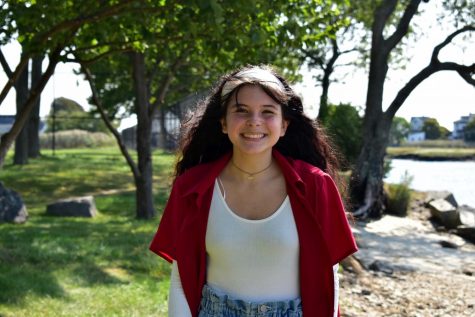The First Amendment, explained
February 12, 2021
The continuation of Former President Trump’s impeachment trial has sparked many discussions about the First Amendment.
Trump claims by tweeting in encouragement of the insurrection on the Capitol, he was exercising his right to free speech through the First Amendment. What some people do not understand is that there are limitations of the amendment and it is not as simple as it may appear.
Understanding this is important to understanding the trial, and to know for your own rights. So, here is the First Amendment, explained.
The First Amendment to the US Constitution protects: freedom of speech, press, religion, right to petition, and assembly.
Freedom of Speech
This protects American’s right to express their thoughts and feelings without government interference or punishment.
This is a democratic ideal, but there are restrictions to its reach. It has long been a challenge of the Supreme Court to decide what kinds of speech are/are not protected by this amendment. Thus far it has been determined by a case-to-case basis.
But officially, it does not protect: defamation/libel, true threats, ‘fighting words’ that could lead to an altercation, obscenity/highly explicit sexual content, or misleading commercial advertisements.
The government is also able to restrict speech under a more strict standard if the speaker is in relationship to the government. The First Amendment only protects government employees when they are speaking as private citizens. When their speech is one of their official job duties, then they can be disciplined or fired for it. Still, this depends on the position and the clearance of the speaker.
Freedom of Press
This allows people to express themselves and their ideas through publications without government censorship. This also has its limitations, not allowing people to publish false information or defamatory statements to the public.
Freedom of Religion
This prevents the government from being allowed to establish one national religion for the country. Along with this, one religion can not be favored over another. This helps to establish and uphold the separation between church and state in the US.
Right to Petition the Government/Right to Assembly
These two freedoms can at times go hand in hand. This allows people to peacefully assemble with a group for social, economic, religious, or political purposes. This freedom is not protected if said group is no longer peaceful.
The right to petition the government allows US citizens to ask of the government to right a wrong that they are dissatisfied with. This can be done through lawsuit, an actual petition, etc.
The First Amendment may at first seem complicated, but broken down, the restrictions and protections of the people are clear.
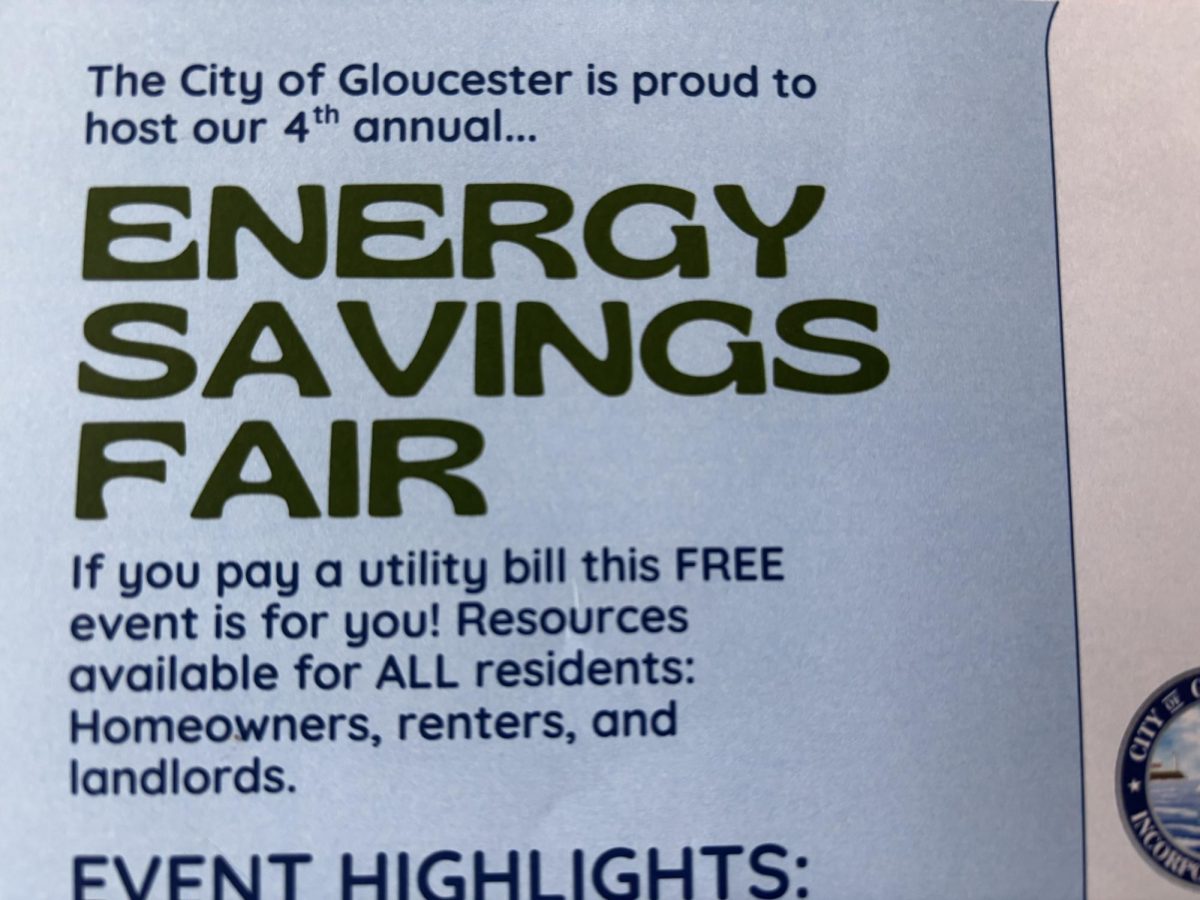

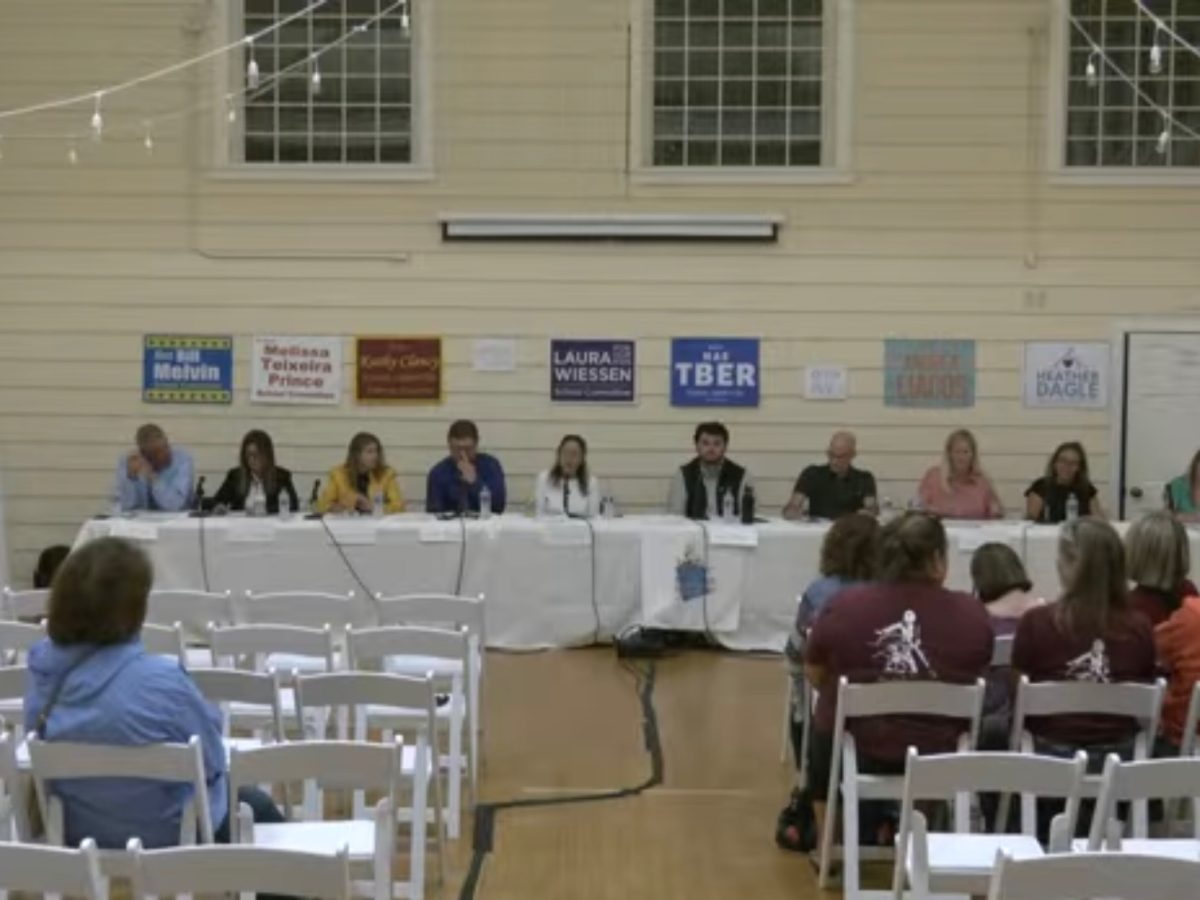
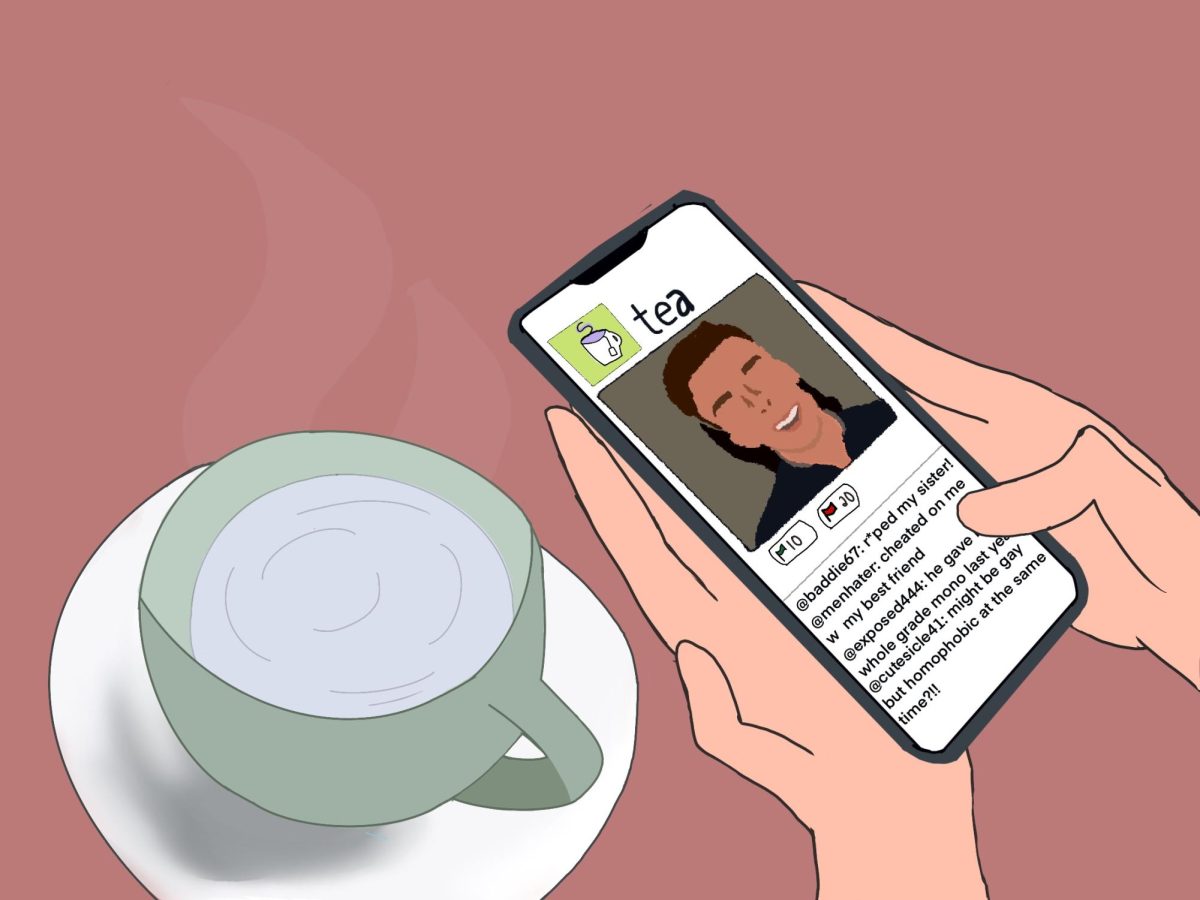








![The Volleyball team poses after their win. [Photo courtesy of GHS Volleyball]](https://thegillnetter.com/wp-content/uploads/2025/10/IMG_6936.jpg)
